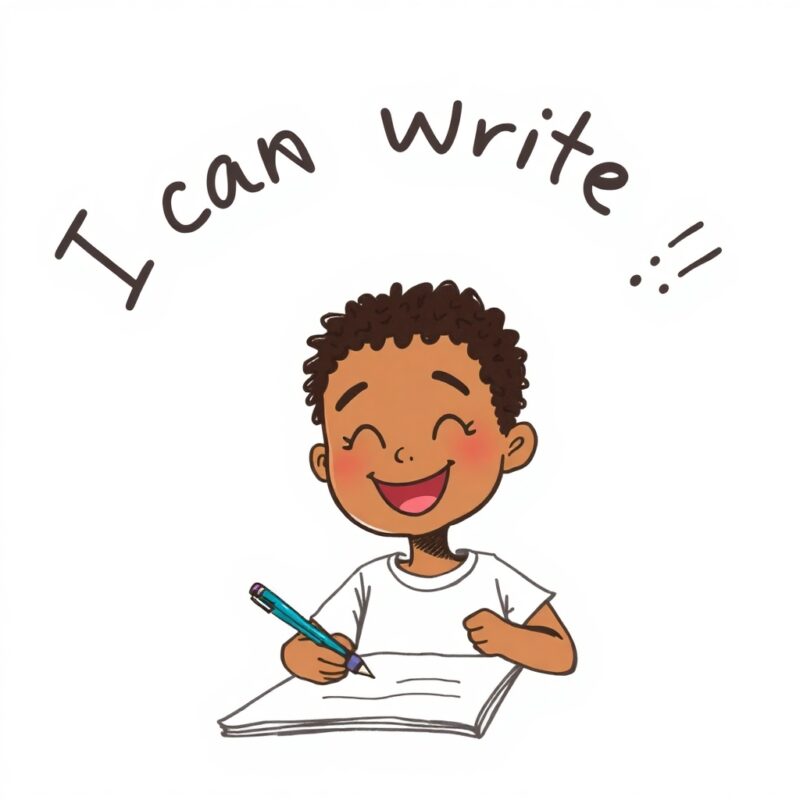Whatever else is on our homeschool schedule for the day, daily reading and writing practice is a non-negotiable. Reading and writing are the keys to literacy, and no matter which home education philosophy your family follows (or not!), being able to read and write are the cornerstones of education.
Including daily writing and reading exercises in a home-ed classroom helps ensure homeschoolers become confident, happy writers; excited, engaged readers, and provides the base skills to become independent learners.
How to Teach Writing at Home
Level 1: Pre-Writing
Write their stories for them! Ask young learners to tell you a story – write down their words. Seeing you write their words and hearing their words read back to them, demonstrates to young learners the connection between writing and expressing themselves.
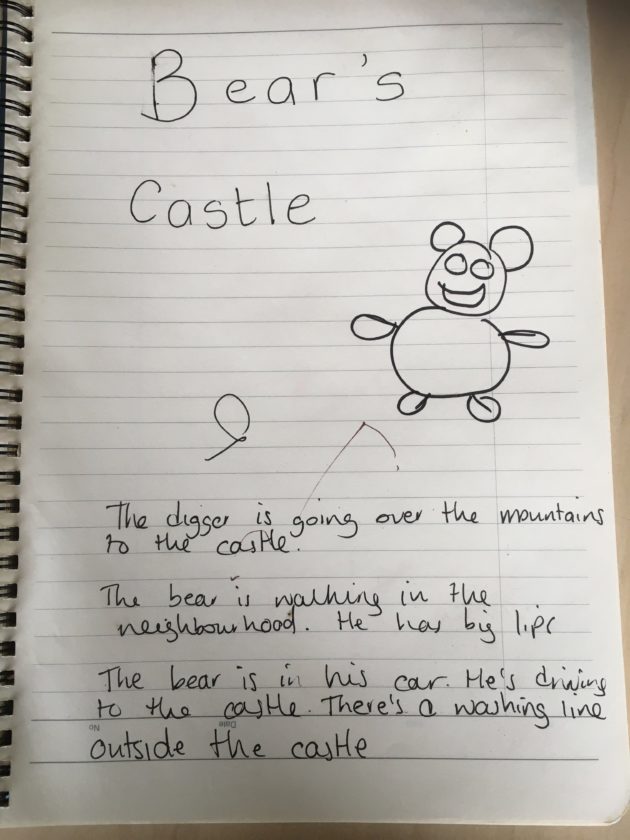
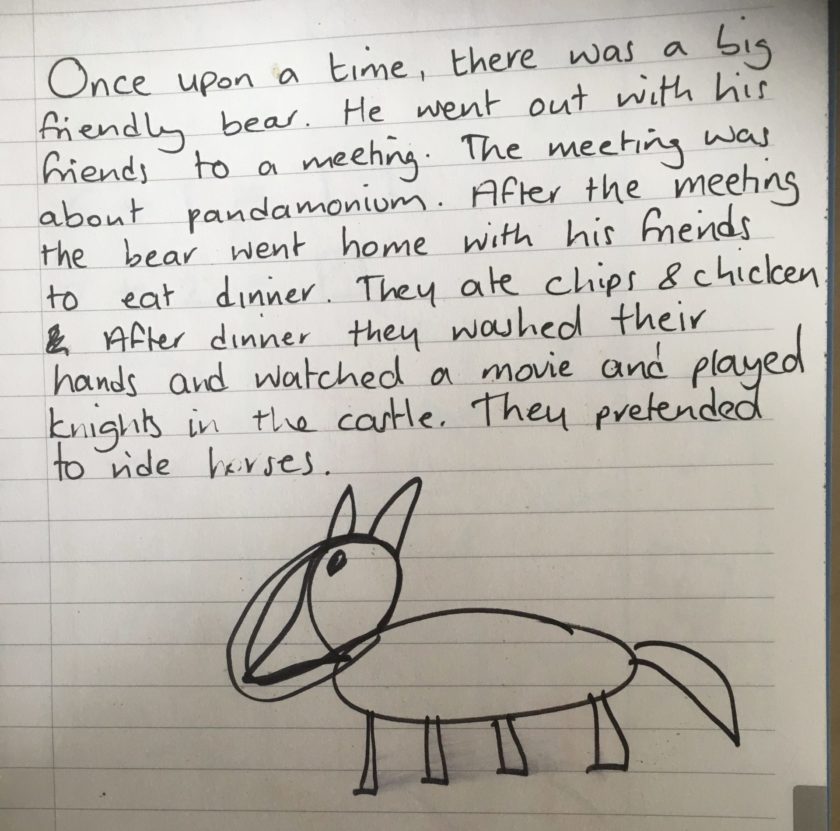
If your child is not confident verbally expressing a story, ask them to describe what’s happening in a picture they’ve drawn and write it down in story form. You can even give it back to them written out as a story and ask them to work backwards, re-illustrating their own story.
Encourage Mark-Making
Mark-making is when toddlers start actively trying to express themselves on paper. It’s an easy toddler activity to set up, kids enjoy it – and it’s key to handwriting success.

Squiggles, lines, formation of shapes, numbers, letters: In schools, this is referred to as emergent writing and is the learning stage where young learners experiment using their hands to ‘make a mark’, as a way of expressing themselves.
Facilitate mark-making at home
Encourage kids to experiment, explore and create by allowing free-access to art/writing supplies
- Blank paper, numbers, letters, shapes & squiggles to trace around,
- exciting pens, pencils, crayons
- different mark-making materials – paints, chalk, water-soaked paintbrushes on coloured paper…
Let them lead the ‘lesson’
If they want to draw shapes instead of dotting-the-dots, or choose to write numbers in between the letters on an alphabet sheet? Let them! Approach emergent writing as a fun, no-pressure activity. Watch them have fun and learn.
N.B Mark-making is a great activity for sibling homeschoolers to do together. Older, already writing siblings can use guided-mark-making worksheets to create interpretive art/experiment with handwriting styles while modelling ‘learning’ for younger, learning-to-write siblings.
Read Often
Letter recognition is the first step in learning to write. Regularly reading aloud together is a great way to help young learners recognise the shape of letters on the page and the corresponding sounds they make.
Tip: Focus on lower-case lettering & reading together becomes passive alphabet learning – ask them to find the ‘a’s on a page..‘b’s on a different page etc. When they start ‘real lessons’, they already know some stuff!
Boosting their confidence by pre-teaching *whatever-it-is* you’re asking them ‘in school’ to learn can be applied to any subject/any age and for little pupils is especially effective.
Easy-access bookshelves/cosy reading nooks/blankets and snacks + freedom to choose what they read (within reason) makes ‘reading time’ a fun, daily activity that learners will look forward to.
Read Great Books!
Choose books that have fun stories and sounds to play with as they read, books with rhymes to passively encourage engagement as children remember and repeat what they’ve heard, and books with illustrations that are engaging to look at.
10 Great Read-Aloud Books for Toddlers
For children learning to read, engaging with the pictures is a no-pressure way to introduce new vocabulary, start conversations to challenge their imaginations (eg. what’s the duck doing), and help them memorise the story of the book they are now actively ‘reading’.
Introduce a Keyboard
Let pre-writers experiment using writing implements held in their hands and on the keyboard!
Handwriting is a difficult skill to learn and takes time to master. Young learners can easily get frustrated and disheartened when the speed their fingers move doesn’t match the speed their brain thinks of words they want to express.
Typing can help boost confidence with letter recognition, independent of a learner’s pencil-control. (More about how typing can make writing easier here.
Level 2 : Emergent Writers
Use reading and writing apps
Reading and writing go hand in hand and the more confident children are with the shape of letters on the page, the easier forming those shapes will be.
Integrating an app-based reading programme into home-ed days when teaching a child to read is an easy, fun way to help new writers improve their typing speed and letter recognition.
Reading Eggs and the Night Zookeeper are great options to support a homeschool reading and writing curriculum.
Play letter-matching games
Letter-matching games are a useful tool to teach writing to preschoolers. It can be as simple as using Scrabble tiles to copy words or write names, matching objects to letters, or using letter tiles to make words. Anything that plays with letters and words is a lesson.
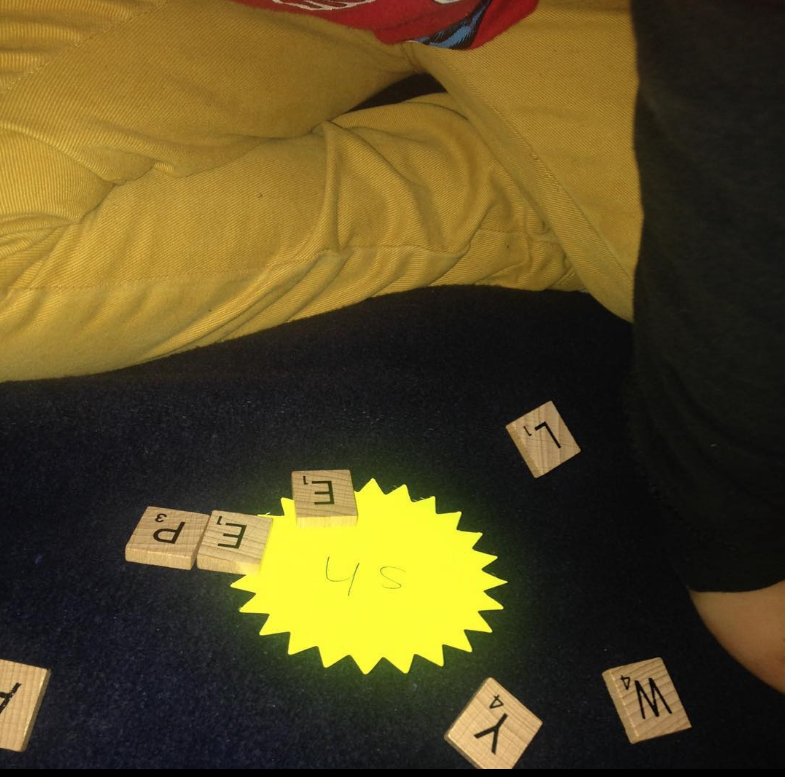
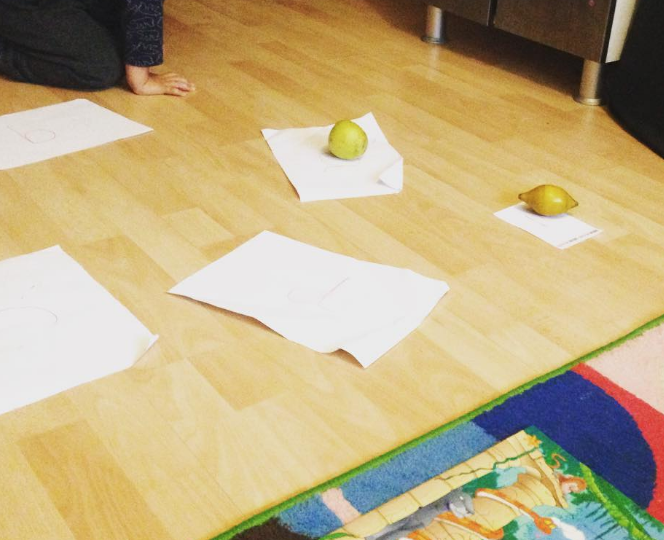


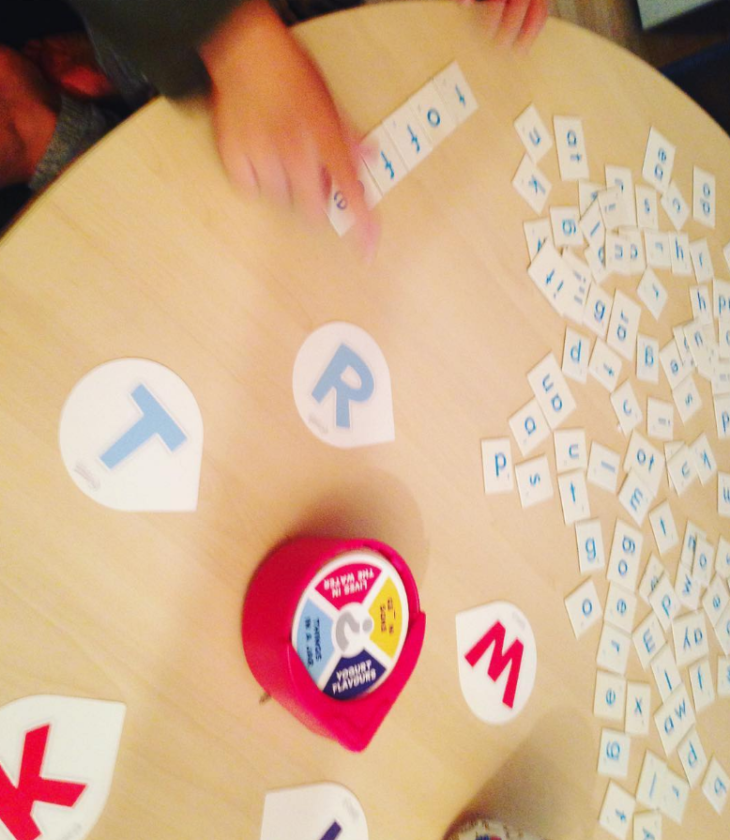
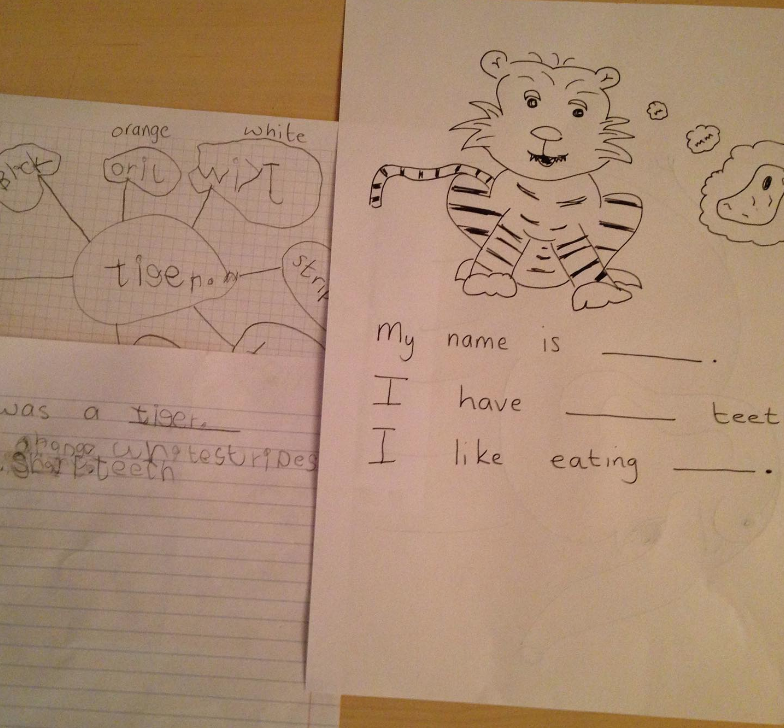
Young Writers
Some children won’t stop writing once they start; for others, writing – even once they’ve sussed the how – can be tricky. For young writers, writing big chunks of text with a pen/pencil can be uncomfortable/overwhelming/boring. Short-burst handwriting exercises allow home educators to add lots of handwriting practice into a homeschool day, spread out over separate activities instead of as one big lesson.
Short-burst writing activities
- Lists
Writing lists is the easiest quick writing exercise there is. Put homeschoolers in charge of all things lists – shopping lists, to-be-read lists, weekly meal plan lists, lists of to-be-watched documentaries etc. Because each item on a list is in itself a short writing task, writing one item won’t phase them; because the aim of writing a list is to write a list, writing more than one item won’t phase them either.
Lists are of course very short-burst writing activities but don’t underestimate the power of really quick short exercises: Concentrated efforts to write one or two words using their best handwriting, multiple times a week is excellent no-pressure handwriting practice.
- Silly Sentences
Give students a list of words and ask them to make the silliest sentence they can, using only words on those lists – use that week’s spelling and vocabulary lists for a two-skills-one-game English lesson.
- Lyrics
If your homeschooler loves music, ask them to write out the lyrics to a favourite song (from memory or as a copywork exercise – Spotify is a good resource for copywork lyrics)
- Quotes
Quotes are a fantastic way to expand a child’s horizons and are an easy-to-set-up short-burst handwriting exercise. Use quotes
- from a book they’re reading or a book that’s too advanced for them to actually read yet or as an introduction to a character/story
- from a movie with positive messages/ a documentary quote that will make them think
- an inspirational quote from a historical/relevant person (linked or not to a unit study)
- quotes from scientists and philosophers to get students thinking about big questions
Combine quote writing lessons with art and ask students to illustrate the quotes – again, this shifts the focus of the lesson from being purely handwriting focused and takes the pressure off.
(Quotes are a super useful learning resource that can be used as a tool to start discussions/introduce ideas etc as well as being great for handwriting practice exercises. Download our favourite quotes here.)
Worksheets
Answering questions on worksheets is often a method of learning that young learners respond well to.
StructuredLearners can see tangible results from the effort they’ve put in to learn whatever the worksheet is asking of them, and can identify where they need to study more. There are thousands of ready-made worksheets available online to link to any subject or topic, or alternatively, use Adobe Express, Canva, the worksheet generator on Education.com or an AI teaching assistant site like Magic School to create customised worksheets for your home-ed classroom.
ps. Twinkl is my go-to resource for homeschool wrksheets and the one non-negotiable membership in our homeschool budget. If the topic is covered on the UK curriculum, there will be a worksheet to use on Twinkl.
Copy Work
Copying passages of text is an effective way to improve handwriting. The length of the copy work can be tailored to meet the student’s enthusiasm and ability levels. Easy to prep copy work activities include:
- a chapter/page from a book read and enjoyed,
- a context-relevant passage from a book that’s on the ‘to be read/studied pile’,
- a snippet from a book that’s too old (content-wise) for the homeschooler to read in its entirety yet
- an interesting section of a magazine article
- the script of a favourite TV show episode
Want to receive weekly writing prompts, ready-to-use in your homeschool?
Parent-Teacher Tip: Don’t Over-Mark
Do you remember getting a piece of work back from a teacher covered in red pen markings? Remember how disheartening that was?
When marking a homeschooler’s writing, focus on one element that needs correcting at a time – spelling OR grammar, letter formation OR paragraph structure. Next time, focus on something else. Marking homeschool work like this makes it easier for the home learner to understand what they need to prioritise, reduces how much they feel you – their parent – are correcting them, and gives them small achievable goals to work towards.
With time, encouragement & practice, home-learners will soon be confident writers. Science tells us there’s no long-term difference in literacy for children who learn to write at 5 vs those who don’t write until double digits; over time it levels out. Take the pressure off them and you and allow them to learn to enjoy the freedom writing (& reading) gives them.
N.B: Penmanship is often more difficult for left-handed students. Use these tips to help left-handed learners find confidence handwriting.

